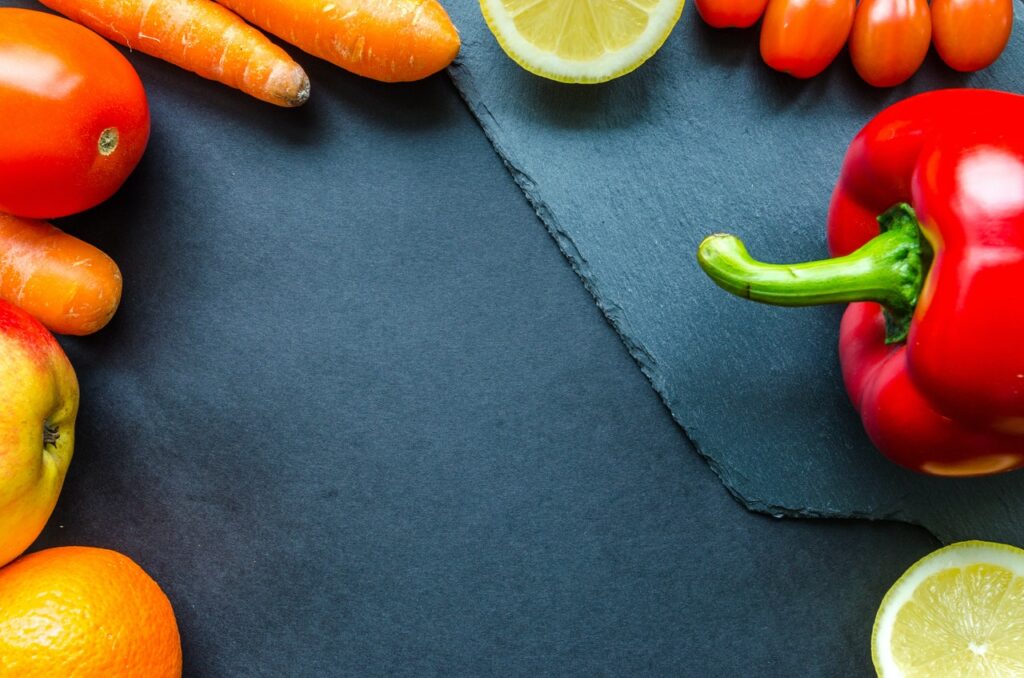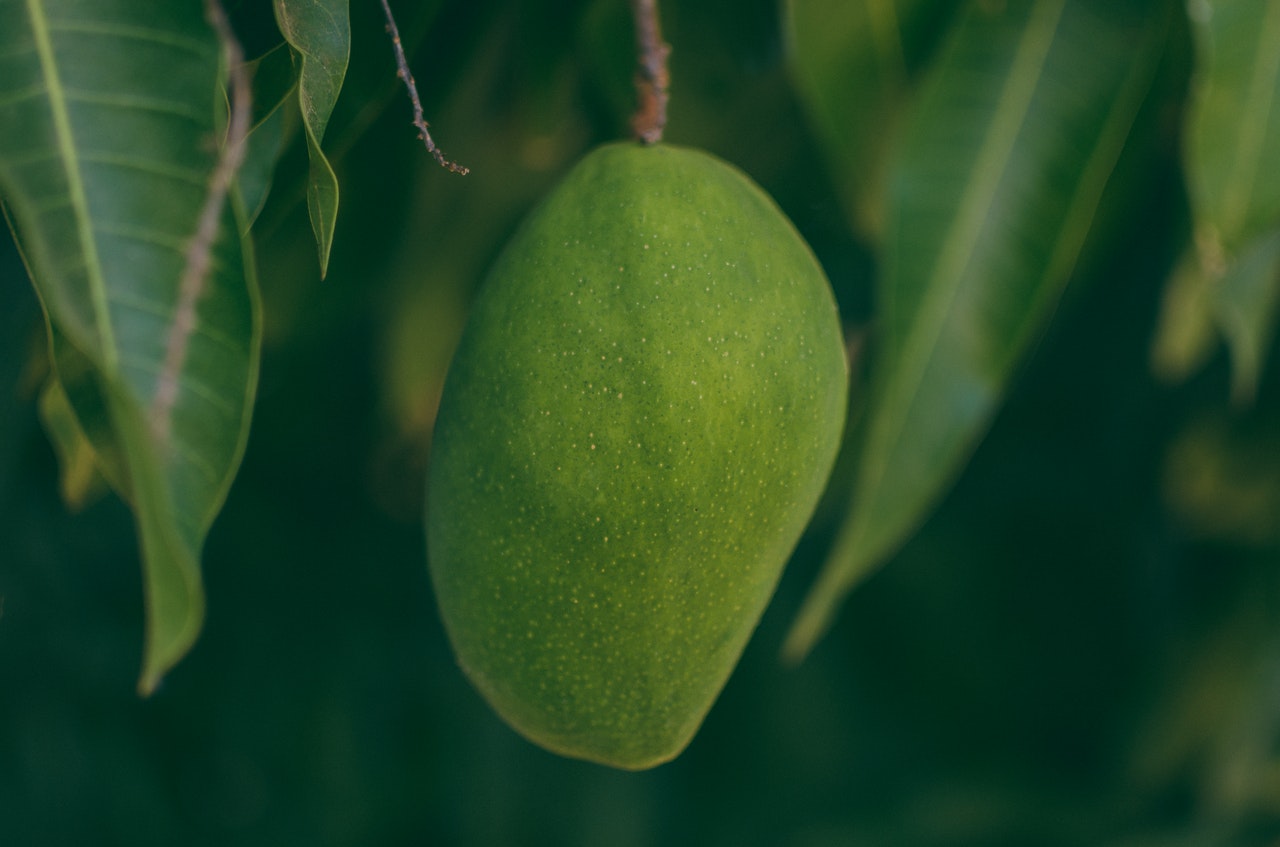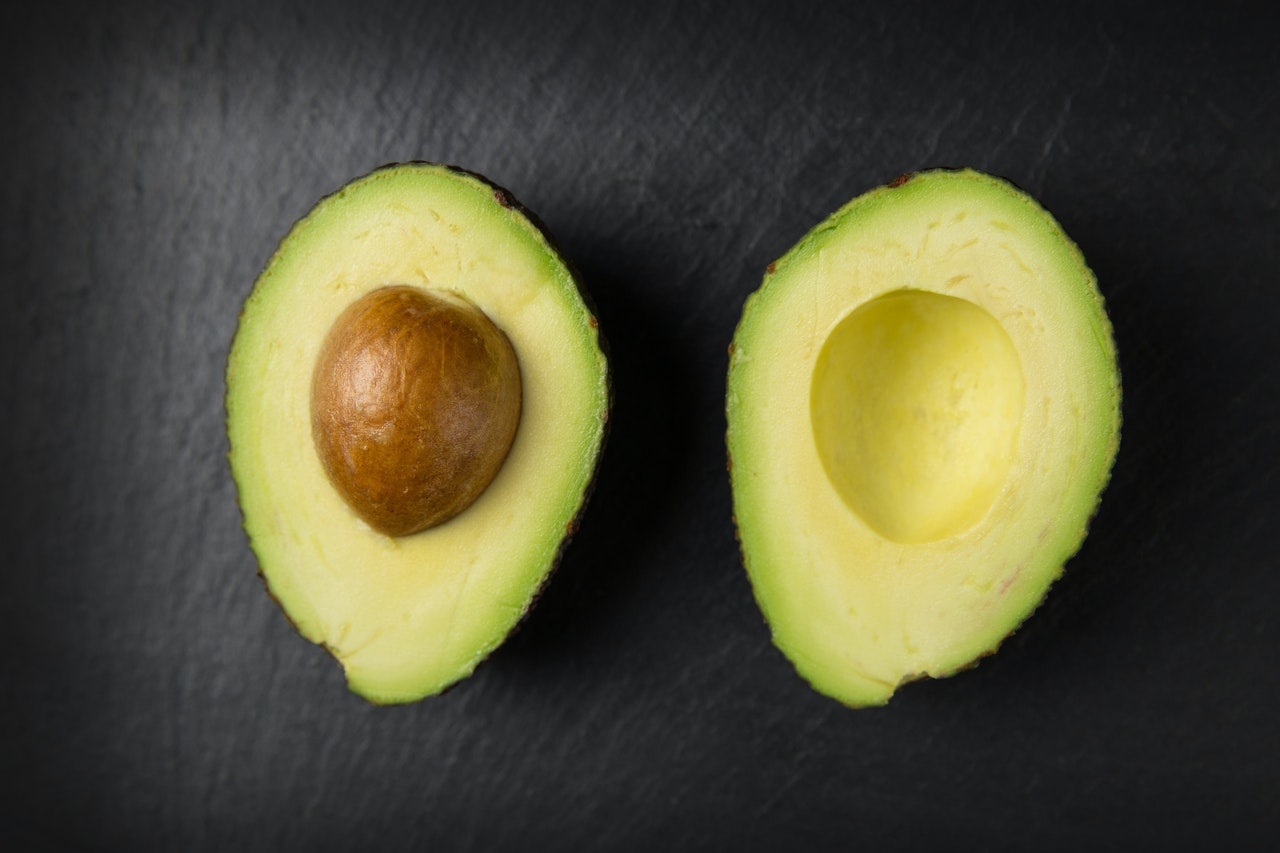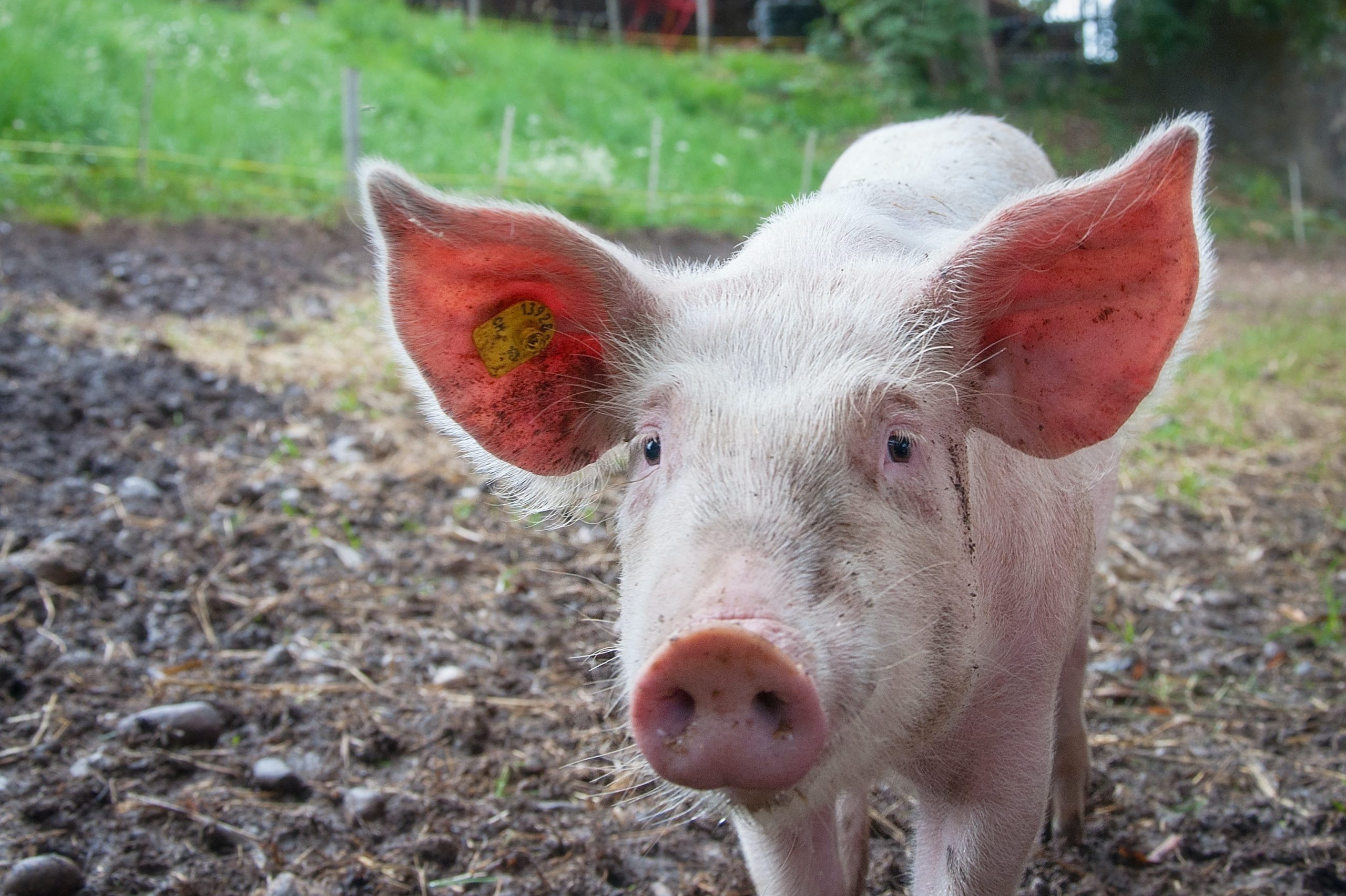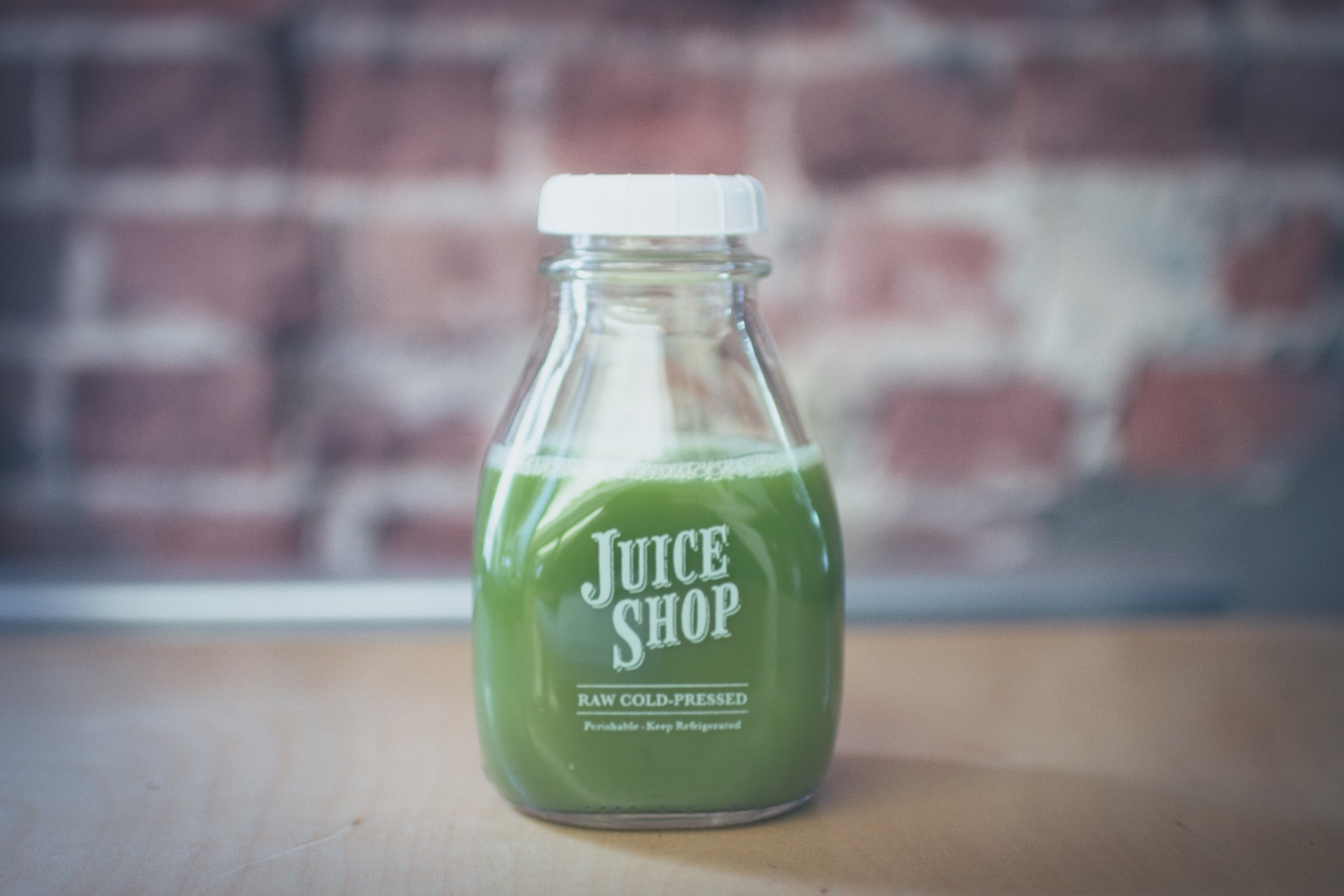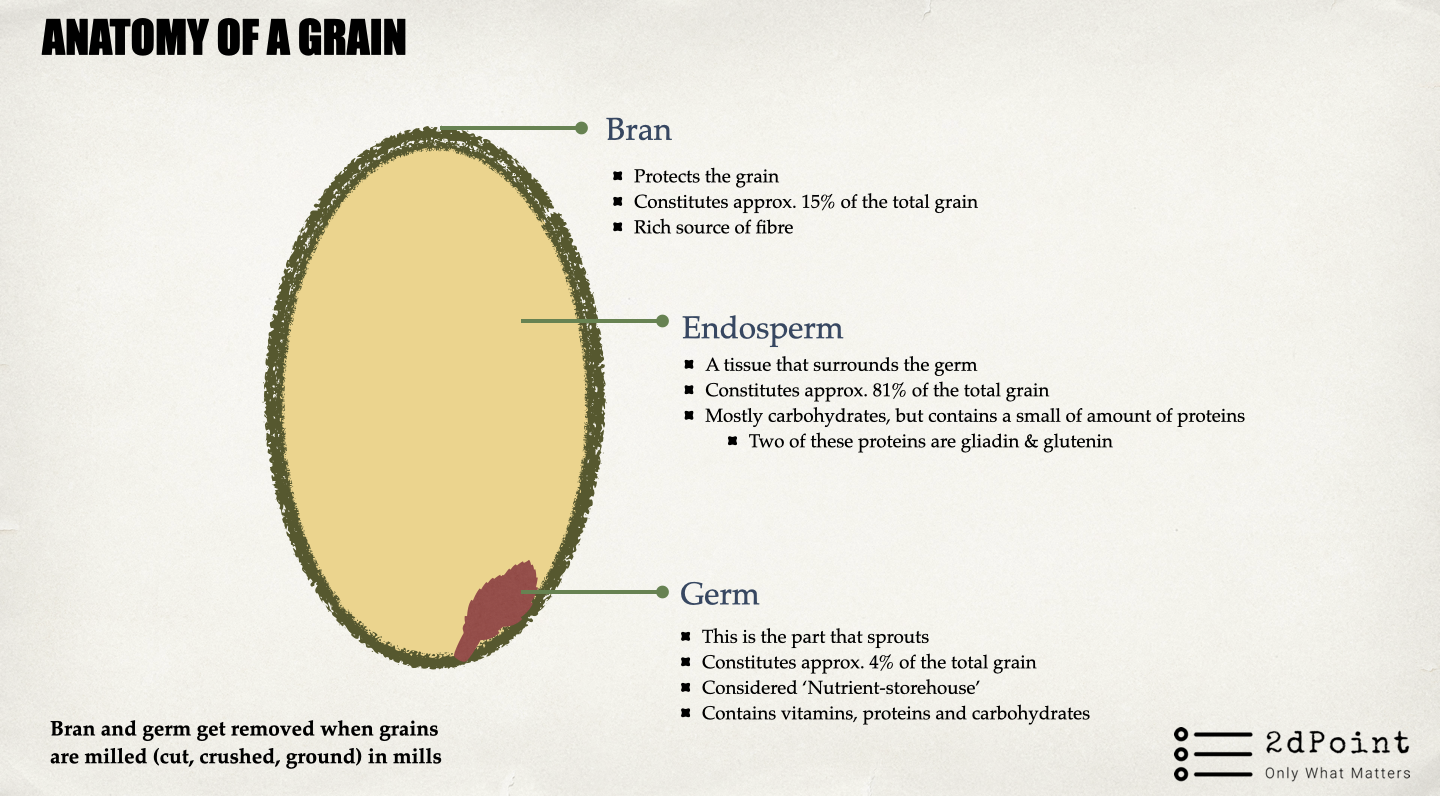Reading Time: < 1 minutes
- Fruits and vegetables are classified based on 2 criteria: Botanical (where they come from & what they consist of) and Culinary (how they taste).
- Botanically, a fruit develops from the flower of a plant, while the other parts of the plant are categorised as vegetables.
- Fruits contain seeds, while vegetables could contain roots, stems and leaves.
- From a culinary standpoint, fruits usually have a sweet or tart (sharp, acidic) flavour and are used mostly in desserts, snacks or juices.
- Vegetables have a savoury (on the spicy and salty side) taste and are usually eaten as part of a side dish or main course.
- It is because of these definitions that some plants continue to be at the centre of a debate on whether they are fruits or vegetables.
- E.g., botanically, bell peppers, eggplants, avocados and tomatoes are fruits (they have seeds & they grow from flowers), but culinarily, they are classified as vegetables.
- This debate led to a court case Nix Vs Hedden in 1893 when John Nix filed a case against the tax collector Edward Hedden for collecting taxes on tomatoes, which were botanically fruits.
- Imported fruits, as per the Tariff Act of 1883, were not taxable while imported vegetables were.
- The court ruled that the tomatoes should be taxed as vegetables as per the definitions of fruit and vegetable as used in the kitchen and not how they were defined technically.
Image courtesy of Lukas through Pexels
Reference shelf :

